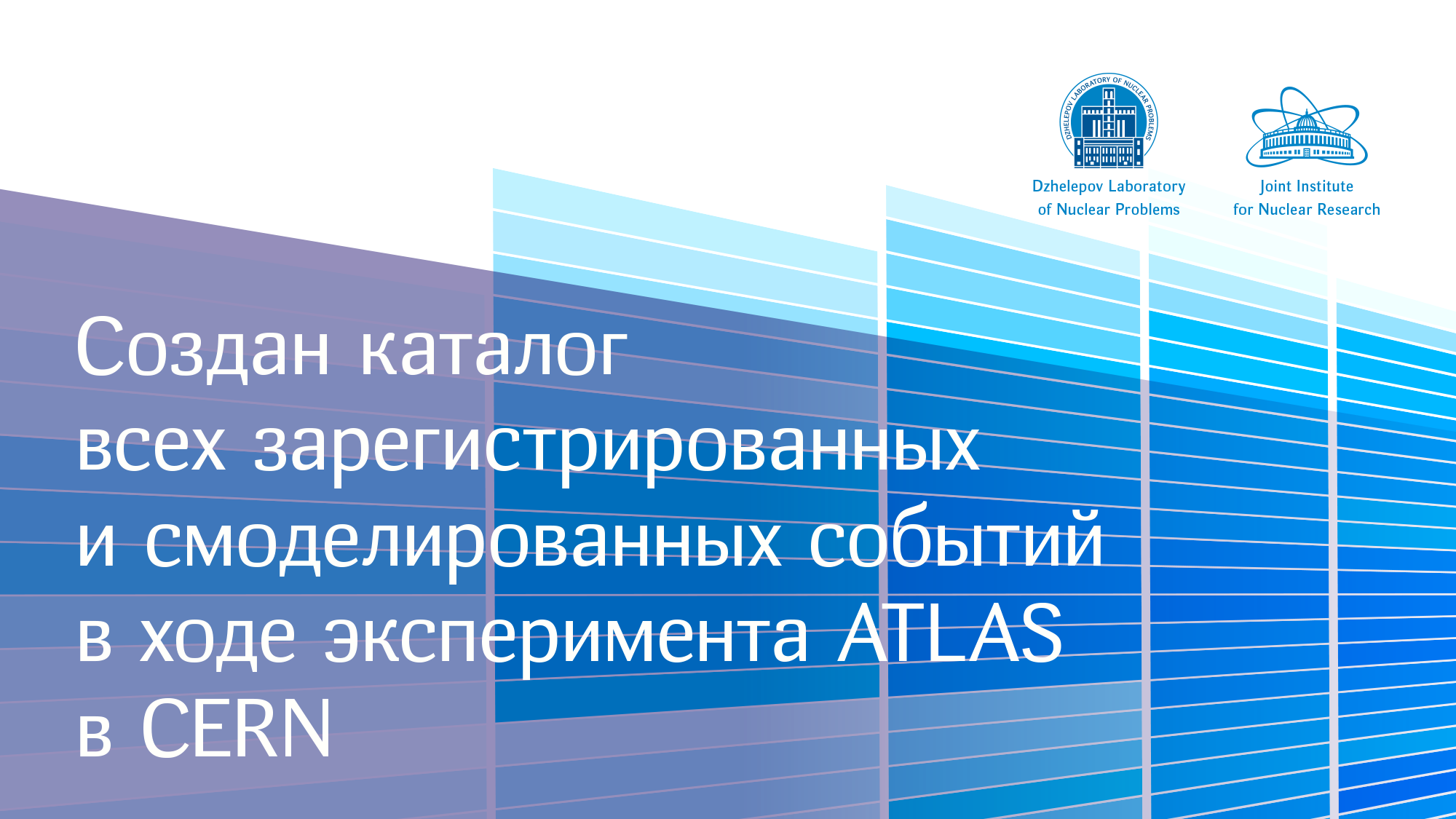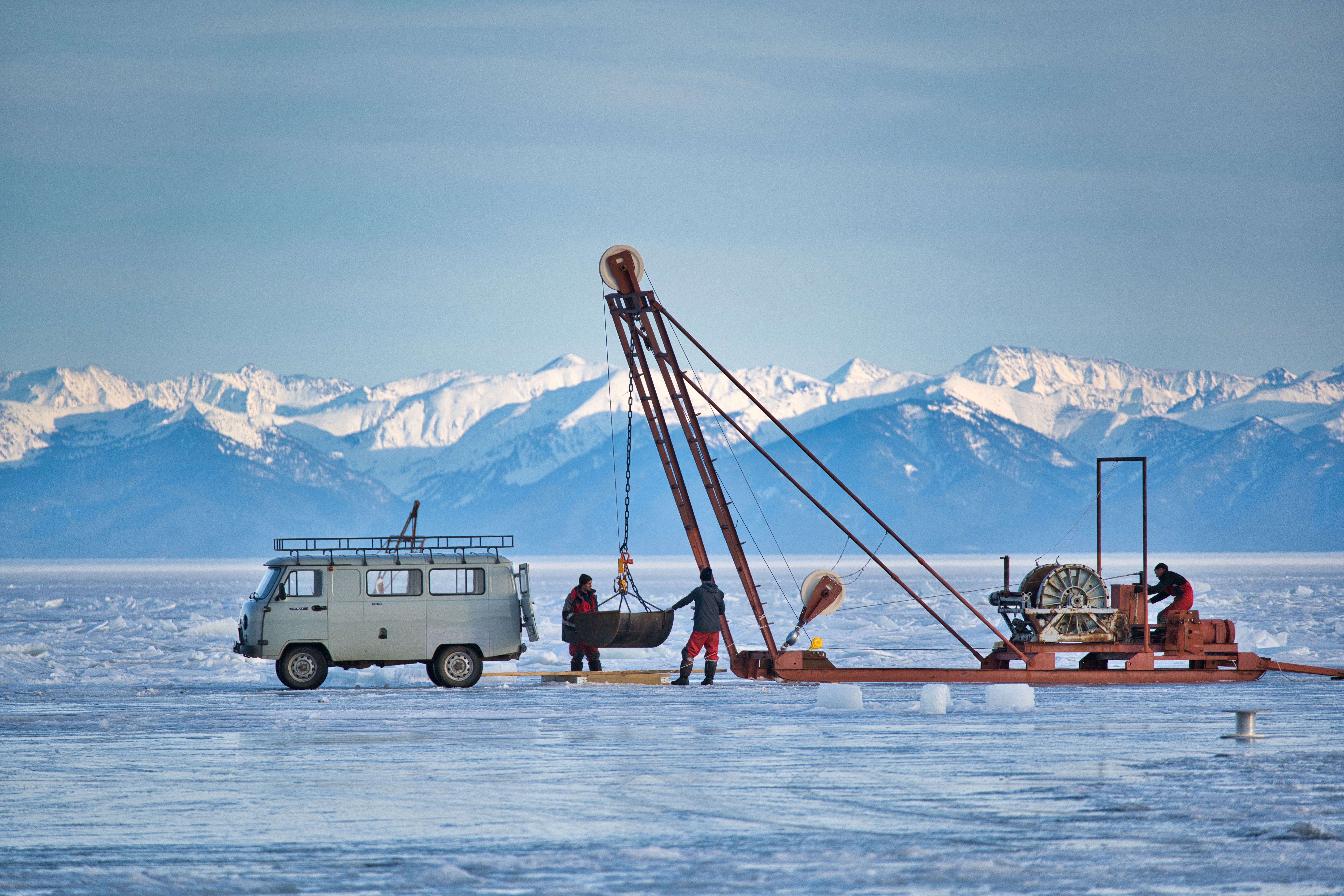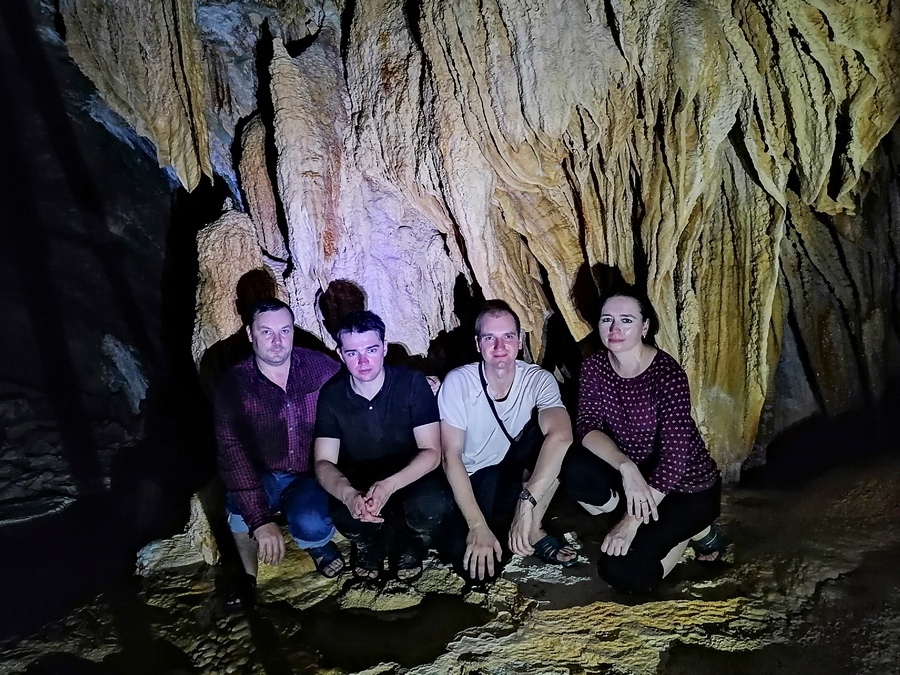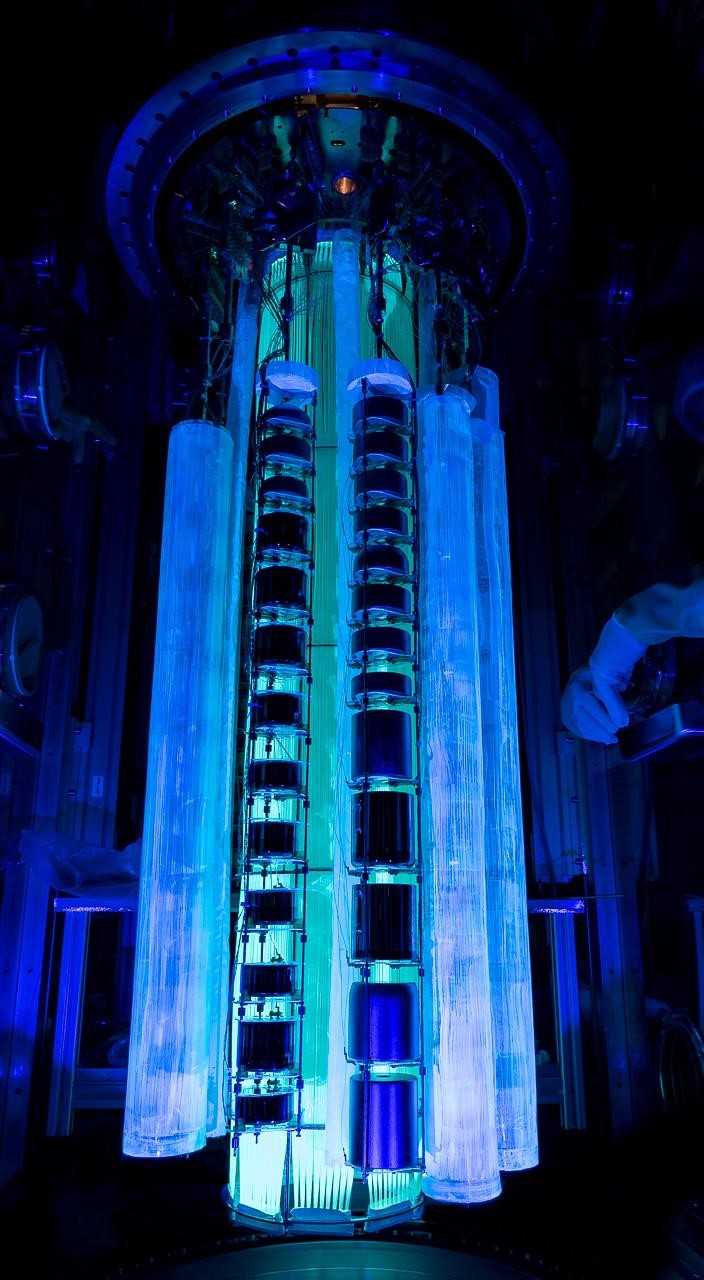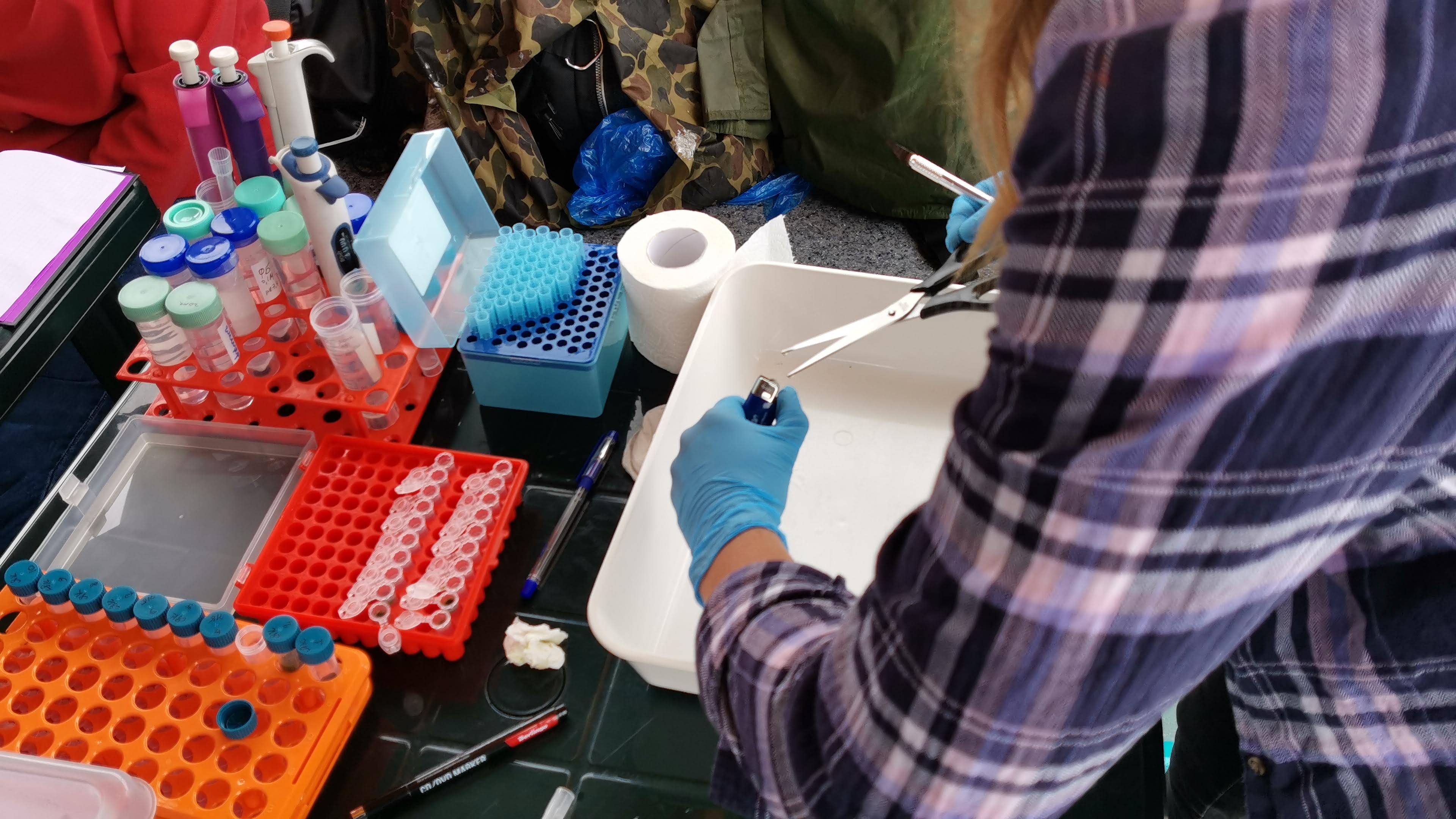First Results of the vGeN Experiment on Coherent Neutrino Scattering
The first results were obtained at the νGeN experimental facility aimed at the search for coherent neutrino scattering and other interactions. At present, coherent elastic neutrino−nucleus scattering is an intriguing task for modern physics. This process has not been detected for reactor neutrinos yet. After detection, it will open the way to search for New Physics by the search for nonstandard neutrino interactions, search for sterile neutrinos, and other investigations. Moreover, it will open up the possibility of applied research like reactor monitoring and remote control.
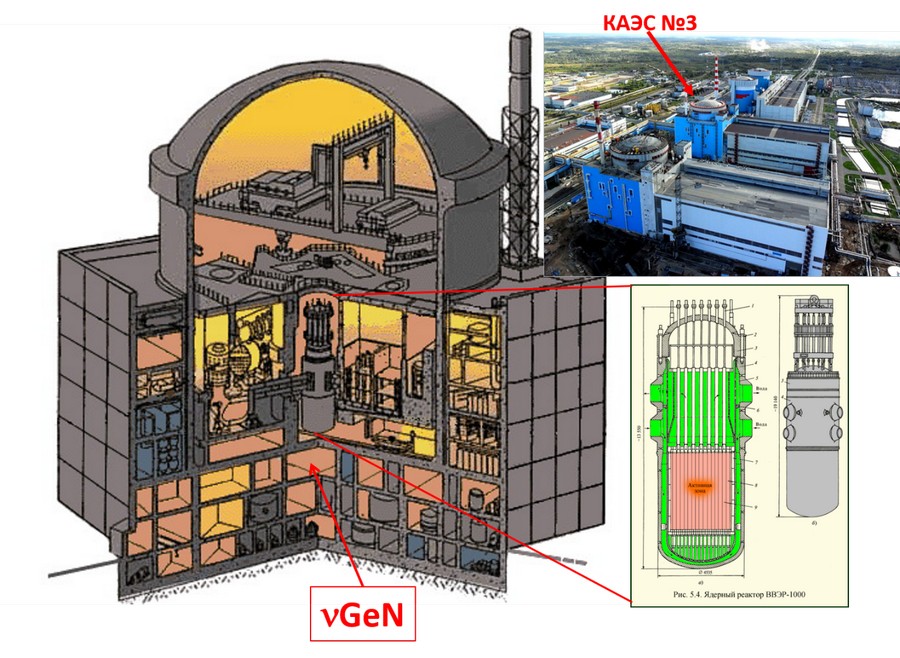
The νGeN experimental setup is located under Reactor Unit #3 of the Kalinin nuclear power plant (KNPP) at a distance of about 10 m from the center of the reactor core. This gives a possibility for operating an enormous neutrino flux greater than 5⋅1013 neutrinos/ (cm2⋅sec). The location is indicated in the figure.
 Figure 1. Location of the experimental room at KNPP
Figure 1. Location of the experimental room at KNPP
Structural materials of the reactor provide good shielding against cosmic radiation equal to 50 m water equivalent. Specially developed high-purity low-threshold germanium detectors are used to record neutrino signals. The detectors at KNPP are surrounded by a system of passive and active shielding reducing the external background in the region of interest.
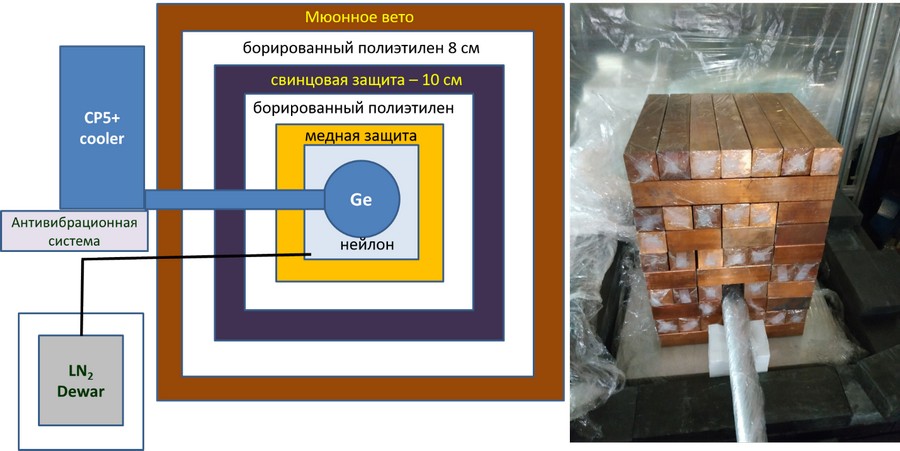
Figure 2. Left: Basic diagram of facility shielding. Right: Facility installation
In 2021, the works on equipment optimization were completed and the planned measurements were started. The detector energy resolution reached at KNPP is 101.6(5) eV (FWHM). The signal detection efficiency is above 80% for signals with energies above 250 eV.
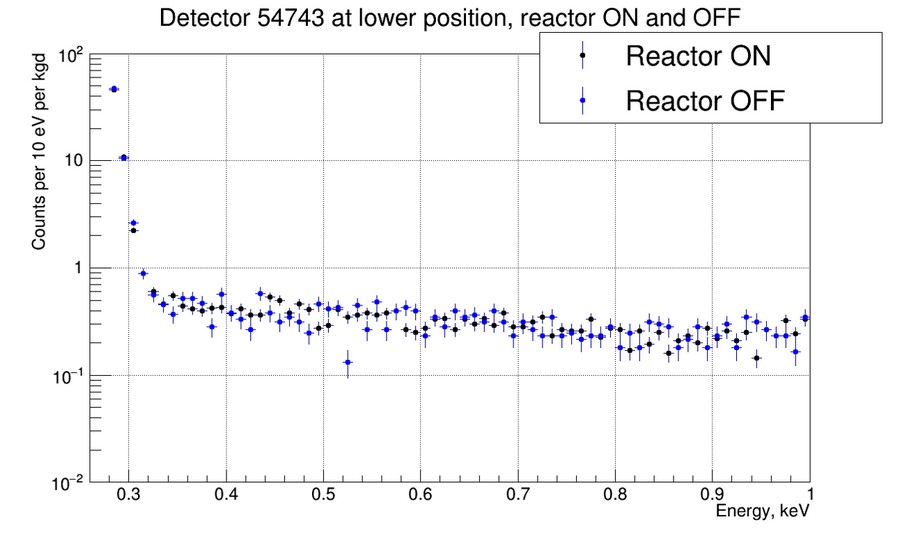 Figure 3. Low-energy regions of experimental spectra taken from the reactor in operation and during its shutdown
Figure 3. Low-energy regions of experimental spectra taken from the reactor in operation and during its shutdown
Figures and photos by the author.
Alexey Lubashevskiy,
Head of Sector No 1
of the Experimental Department of Nuclear Spectroscopy and Radiochemistry,
on behalf of the νGeN collaboration


